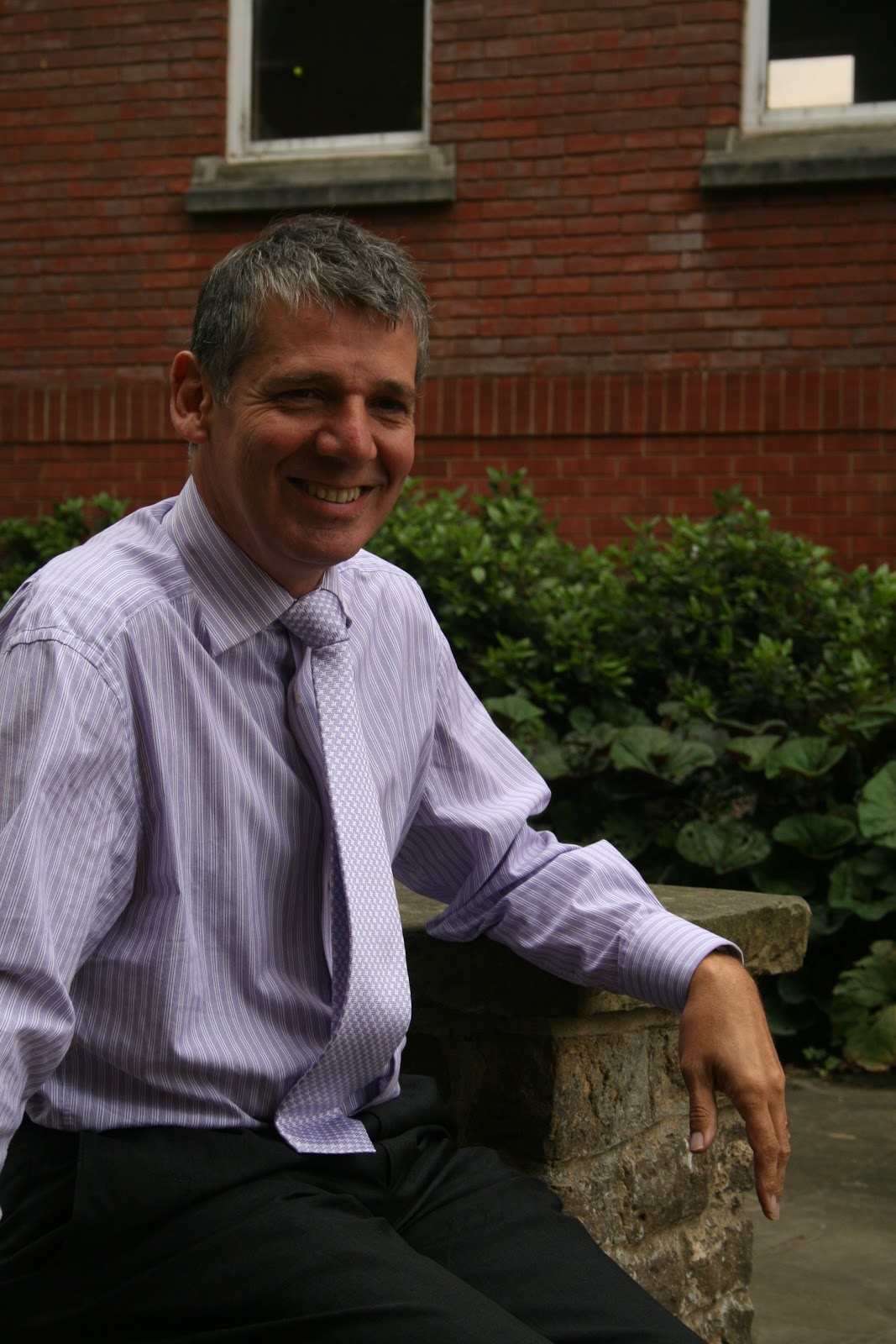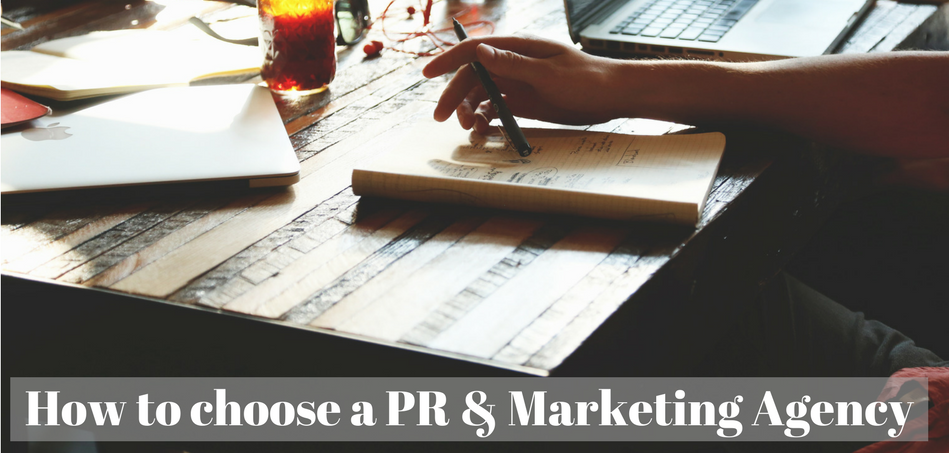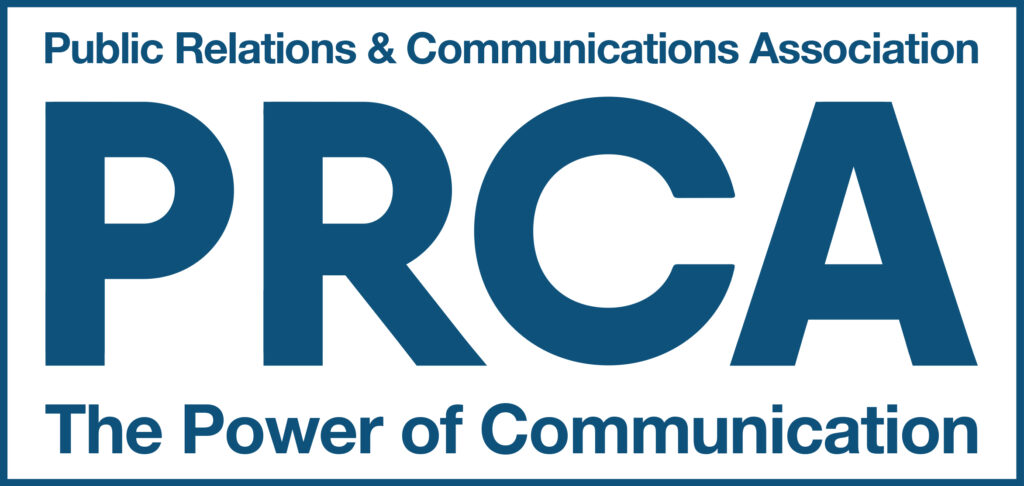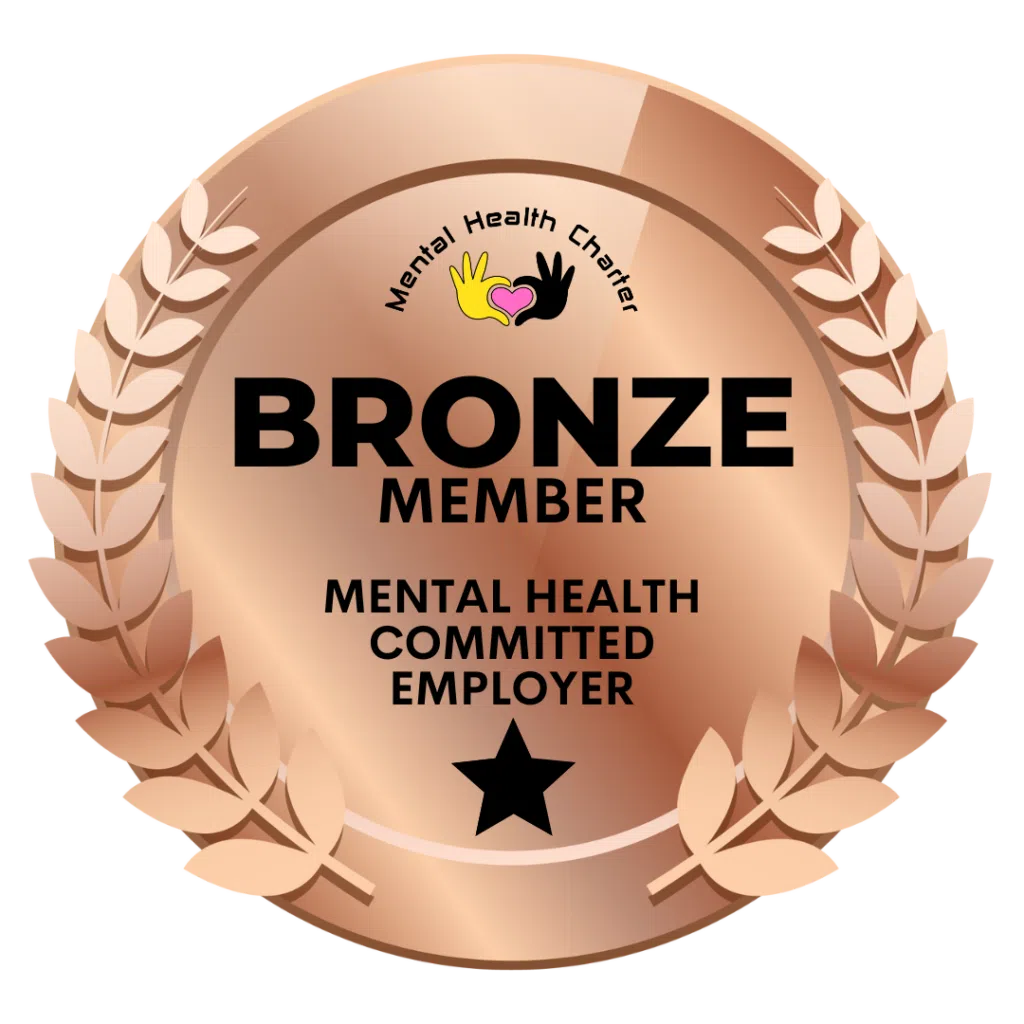Today, we chat to our very own Chaz – to get his views on how PR has changed over the years.
How did you get into PR?
After a marketing degree, and from a retail management background, I moved into general marketing as marketing manager for two technology companies in the early 90s, then I became marketing manager for Canon which was a fantastic experience and good grounding. Of all the marketing elements, PR appealed to me most due to the variety of the work, and that you get to meet so many different and interesting people. Today, we specialise in B2B technology PR and Marketing across mobile, telecoms, IT, health and science and professional services (legal, property and finance) sectors and B2C technology PR and Marketing across the consumer lifestyle and gadget sectors. We serve these markets across the UK, Europe and the rest of the world!
What media do you seek out first thing in the morning?
I wake up to the “Today” programme on Radio 4. Then I look at Twitter, which I find the best source of news in one place. I follow BBC, and selected technology, legal, property and local journalists. If you control it and don’t follow too many people Twitter is superb for information. You also see all the breaking news and topics which you can then react to.
What has been your most memorable work for a client?
A couple of years ago we were hired to promote a Royal Gala dinner in London hosted by English royalty and an Oscar-winning actress for the launch of a leading foreign royal’s charity. We set up a one-to-one interview with the Daily Telegraph for a feature on the royal and the inside story behind the charity. When the reporter and the photographer and I turned up at the private hotel (owned by the royal) at the appointed time, I was quietly told that the royal had changed his mind and “did not want to do the interview” plus “he is asleep and cannot be woken.” That’s not really the kind of excuse you can give to the Daily Telegraph, is it? After an hour of me negotiating with the aide, His Royal Highness was woken up and decided to do the interview! Nice piece came out of it as well 🙂
What has been the biggest challenge for the agency?
Possibly the biggest and most recent challenge for us was actually having to move premises with a notice period of less than three weeks when, sadly, a landlord’s gentlemen’s agreement dissolved into thin air. We rose to the challenge and we did it, but we were at the mercy of national telecoms providers whose agenda for snow disruption took precedence. Thankfully, we’ve got a flexible team and everyone’s attitude was great; we all rolled up our sleeves and got on with it, which meant that we were able to minimise the business disruption. It actually turned into a surprisingly fun and motivating experience; we know that having a positive and proactive attitude is vital when it comes to unplanned emergencies. Just like with crisis management solutions, you have to be well aware of how you can turn an emergency into an opportunity.
What advice would you give to recent business start-ups on their PR strategy?
The majority of small businesses are based on talented people who have great ideas about products and services to meet specific needs or wants of certain markets. It’s that personal passion which drives them to set up businesses. However, behind the passion they will need a solid business plan before they can begin to make an impact on the market, as the competition is so fierce. We’ve worked with loads of start-ups over the years and we’ve recognised that, unfortunately, passion is rarely enough on its own – probably the reason that a lot of businesses fail. The true story of the people, their passion for making a difference and their unique marketing offering can only realistically be told once the business basics have been covered and a budget is in place. We have helped entrepreneurs with their ideas by guiding them to market, then when they’re set up, we can hit the ground running for them. Thankfully there’s a range of places people can go for help with the basics – government websites, helpful banks, and community business associations too.
How do you build and maintain strong relationships with journalists?
We take pride in building a good rapport with journalists, so that we can secure great coverage for our clients and add value to their business. We are mindful of what we pitch to journalists, so that we’re not wasting their time; we have a good reputation with a lot of our clients’ key publications to deliver quality and appropriate press material and interview opportunities with professionalism and good nature, so journalists are keen to work with us and our clients again for future features. We know that PRs often get a bad press (excuse the pun…) for annoying journalists by ignoring deadlines or trying too hard to ‘sell in’ their clients when it doesn’t fit – we take an honest approach and if we know it’s a stretch, we’ll say so. Rather than ‘selling in’, we’re keen to liaise with journalists so that we know their brief well, meaning we deliver to that brief wherever we can, and on time!
We always make sure that journalists have access to all the information about our clients that’s required to write their story, so that we’re doing all we can to help the client secure a great piece of coverage, and to ensure the journalist can write the story to the best of their ability. We regularly put the journalist and client in direct contact, so that the journalist can find out all the information they need. We’ve been working with a lot of our clients for a number of years and, as a result, we know a lot about their business. This means that we can also educate the journalist to a good extent on the subject at hand and the client’s expertise/involvement, should it be required.
What are the benefits of awards and accreditations?
Winning the Best of Business Award for Commitment to Learning has underlined how a focus on developing people and investing in core competencies to deliver exceptional customer service through higher levels of staff motivation can distinguish a company from others. Also through membership of the CIPR we are part of a huge network of professionals with access to best practice models/tools, forums and training and up-to-date knowledge and trends in the industry. The Investor in People programme has brought us a framework for linking our training and development to meeting our business objectives which in turn are met by meeting our clients’ needs with services that are of value to them. These three recognitions have benchmarked our efforts in building a loyal and enabled workforce to deliver best practice PR and marketing solutions for businesses, and contribute to building a core of long-standing clients who are referrers of our service.
How do you think the PR/journalist dynamic will change in the future?
It’s already changed massively over the last few years with online and social media platforms gaining more credence, which has squeezed journalists’ time. This means that there’s less opportunity for face-to-face meetings, so the relationship side of things, in physical form at least, has become less important to some extent. On the flipside though, this has meant that you tend to work with more journalists across different areas – you may not necessarily have your ‘favourite’ few anymore that you would always approach with a story. With journalists having less and less time, but more publications existing, that need space filled – the role of the PR has to be much more of a facilitator: delivering the right story, in the right time and in an easy to use/manage format for the journalist you’re pitching too. Time is of the essence!
The big game changer for me in the PR/journalist dynamic is Twitter. First, we saw email replacing the phone, but now with journalists getting bombarded with so many press releases and pitches every day, Twitter is becoming the preferred and best medium to liaise with journalists. I know a number of journalists that only really deal with pitches now via Twitter and in the last week alone I’ve had dialogue on Twitter with two national broadcast journalists that I would struggle to speak with, or get to respond to an email, yet Twitter enabled me to pitch and get a response from both.
What other projects are you involved in?
A couple of years ago we represented the two private detectives who returned a Leonardo da Vinci painting, and were subsequently caught in a police sting operation and sent to trial. A long and complicated story involving greed, deception, art theft, terrorist organisations, MI5, but suffice to say our clients were acquitted of all charges. Just as well, as I found them their defence lawyers, which is not the normal remit of a PR agency is it?! Sensational PR story too! We’re still working on the story and at present are negotiating with a leading screenwriter to produce a movie script for the story.
What is the best piece of business advice you’ve ever been given?
When I was a retail manager appointed to run my first shop, my regional director took me to one side and said: “Treat this as your own business, spend the firm’s money as if it’s your own.” That’s exactly what we do now for our clients, so if we are suggesting spending money on design, advertising, direct mail or recommending giving away product for review or competitions, our acid test is: “If this was our business, would we do this?” If the answer is “no”, we don’t recommend it to our clients.









